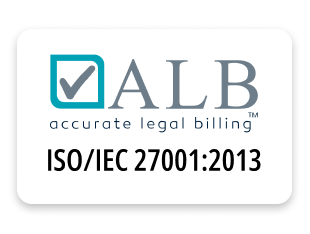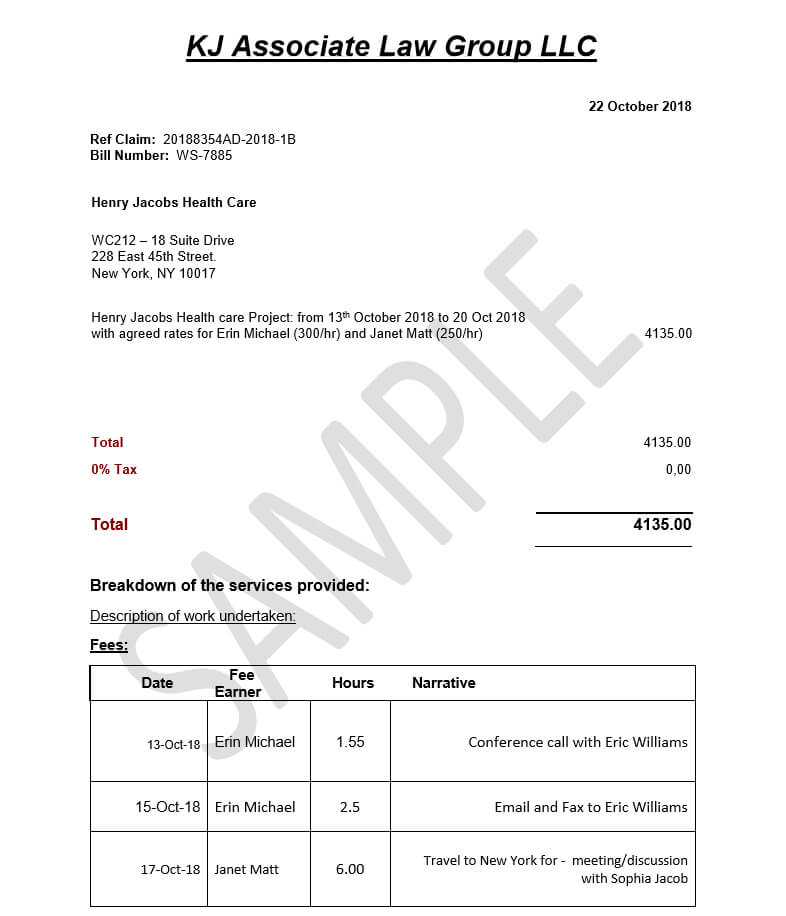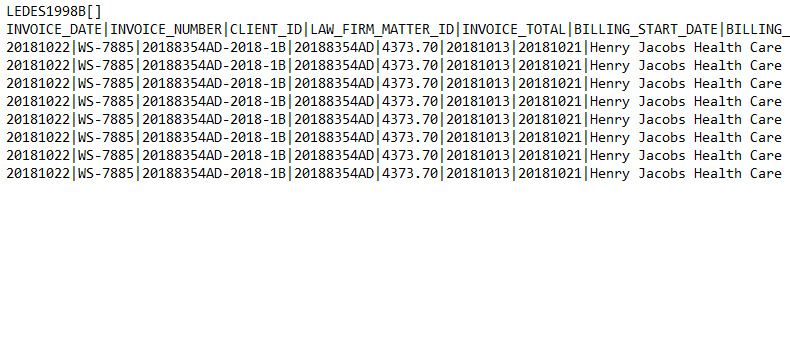
Flat Fee vs. Hourly Billing: What Every Law Firm Should Know
When it comes to billing clients, law firms usually choose between two main ways: charging a flat fee or billing by the hour. This decision affects how much money the firm makes, how happy clients are, and even how your firm competes with others.
There’s no one right answer for every situation, but knowing how each option works can help you make the best choice for your practice.
What Is Flat Fee Billing?
A flat fee means charging one set price for a legal service, no matter how much time it takes. For example, you might charge a fixed amount for making a will or handling an uncontested divorce. This gives clients a clear idea of what they will pay upfront, which many find reassuring.
It also helps your law firm plan better because you know exactly what you will earn for that service. Flat fees can simplify the billing process and reduce surprises for clients, improving their overall experience.
What Is Hourly Billing?
Hourly billing means charging clients based on the actual time you spend working on their case. Lawyers track their time and charge by the hour or parts of an hour. This method works well when cases are complex or unpredictable, since the work can vary a lot.
Clients pay for the time and effort their case requires, but the final cost can be harder to predict. Hourly billing offers flexibility, allowing your firm to adapt as a case evolves and new issues arise.
1. How Complicated Is the Case?
Some cases are simple and follow a clear path, like drafting a will or a basic contract. These are good candidates for flat fees because the work is predictable and straightforward. Flat fees give clients cost certainty and can make your work easier to manage.
But if the case is complicated, like a lawsuit or a business deal with many parties, hourly billing might be better. This way, you get paid for all the time you spend, especially if unexpected problems come up.
The American Bar Association says most firms still use hourly billing (about 68%), but flat fees are becoming more popular in some areas because clients want to know their costs upfront. It’s worth reviewing your typical cases to see which billing method fits best.
2. What Do Clients Want?
Clients usually want to understand their legal fees clearly. Many like flat fees because they know the total cost in advance, which helps them budget. Others prefer hourly billing because it charges them only for the work done, which feels fairer to some.
Some clients want to be very involved in their case, asking questions or providing documents as things progress. For these clients, hourly billing might fit better because it offers more flexibility.
A survey by the Association of Legal Administrators found that 57% of clients prefer flat fees for predictability, while 29% prefer hourly billing because they feel it’s more fair. It’s important to talk to your clients and figure out which works best for them. Open conversations about billing early on can build trust and avoid surprises later.
3. What Are Other Law Firms Doing?
Knowing how other firms bill for similar cases can help you decide. Many still rely on hourly billing, but more firms are offering flat fees to stand out and meet client needs.
Offering flat fees can give your firm a competitive advantage, especially if other firms in your area don’t use this option. Research shows firms that offer flexible billing have higher client retention, clients tend to stay with firms they trust and that offer clear pricing.
Keeping an eye on market trends and adjusting your billing accordingly can help you attract and keep clients in a competitive legal marketplace.
4. How Does Technology Help?
Technology can make a big difference in how smoothly your firm manages billing. Good case management software can help you track time, create documents automatically, and send invoices easily. It also allows clients to see their bills and communicate with you online.
According to a 2024 survey by the American Bar Association, 62% of firms using legal software report fewer billing mistakes and save about 25% of their time on billing tasks. This means more time for practicing law and less time on paperwork.
Using technology also helps improve transparency and client satisfaction because clients can easily access billing information anytime.
5. What Are the Risks?
Flat fees can be risky for law firms if a case takes longer or gets more complicated than expected because the fee stays the same. To avoid problems, it’s important to clearly define what’s included in the flat fee and have a plan if extra work is needed.
Hourly billing reduces risk because clients pay for the actual time spent. But clients might worry if bills get higher than they expect, so it’s important to keep communication open and update them regularly.
Clear agreements and regular updates can prevent misunderstandings and help maintain good client relationships no matter which billing method you choose.
6. How Does Billing Affect Communication?
Flat fee billing can encourage clients to communicate more freely since they don’t worry about each call or email adding to their cost. This can lead to better teamwork and faster case progress.
With hourly billing, clients might hesitate to ask questions or send information to avoid higher bills. This can sometimes slow things down or cause misunderstandings.
A recent report showed that firms with flat fee billing had 30% more client communication, which helps build trust and get better results. Open communication benefits both the client and the firm.
Final Thoughts
Choosing between flat fee and hourly billing depends on your firm and your clients. Many firms use a mix of both: flat fees for simple, predictable work and hourly billing for complex cases. The key is to be clear with your clients about how you charge and why. Use technology to help manage billing smoothly and keep communication open. When your billing fits your firm’s work and your clients’ needs, everyone benefits.
Changing your billing approach can be a big step, but with the right tools and clear communication, it can improve your firm’s efficiency and client satisfaction. If you want to learn more about billing options or legal technology that can help your firm, feel free to reach out or explore solutions designed to make billing easier and more flexible.

.png)



